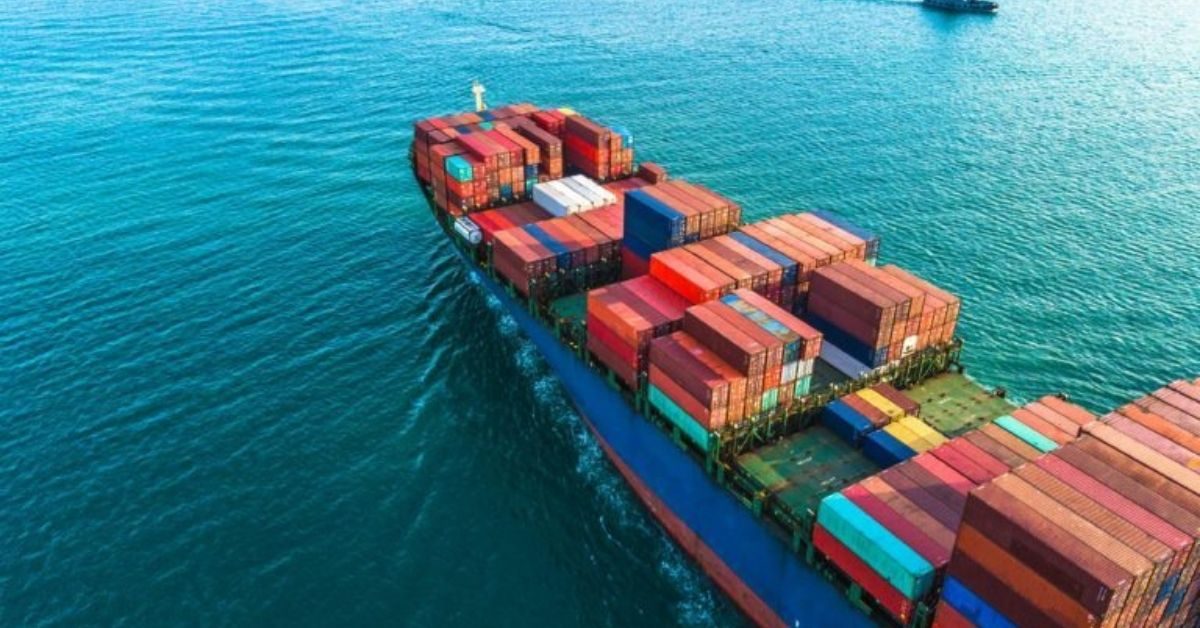While ocean freight rates may have fallen temporarily, China’s shutdown is lengthening transit times on intra-Asian trade routes. The CEO of Conbox Logistics in India, Rakesh Pandit, noted that while freight prices from China have dropped in the recent month, transit times remained a “big concern.” “Over the last eight weeks, freight rates have progressively escalated, making things exceedingly uncertain,” he continued.
“Average transit from China to Nhava-Sheva and Mundra Port was between three or four weeks, but now the same service is above five or six weeks. Our mid-March shipments are still lying at transhipment ports and the ETA is showing second week of May.”
According to Peter Sundara, global head of ocean freight at a major Singapore-based cargo owner, the delays are also impacting trade between China and Australia and New Zealand.
He explained: “There aren’t many schedule omissions on the trade from China, the vessels are still calling, but we are seeing a lot of delays due to the lack of truckers there, and there’s not enough space in the warehouses.”
Conversely, he said, the drop in demand ex-China had led to “positive ripple effects” at ports in South-east Asia, with Singapore and Port Klang, for example, relatively free from congestion.
A major issue during previous lockdowns in China was the slowdown in supply of raw materials and intermediate goods, especially for intra-Asia tradelanes, given the region’s reliance on Chinese suppliers for manufacturing.
However, Mr Sundara said, this time macro economic factors were having a bigger impact, noting: “Raw materials have become very expensive because of high inflation, so some shippers are postponing production.”
Spot rates are sliding across the board, he added, and carriers are “facing downward rate pressure for the first time in over two years”.
He said: “China is about to enter a five-day holiday. So there will be a lot of pent-up demand after the lockdowns, if production starts to ramp up again. However, any post-lockdown cargo rush could be negated by upcoming additional capacity. For example, ANL has a new service from Shanghai slated for 31 May.”
Mr Sundara also wondered how carriers would respond to the downward rate pressure they’re facing.
“Will they keep rates high and sacrifice utilisation, or focus on maintaining market share? “What also remains to be seen is the impact the reopening of borders has on domestic consumption and demand, as hundreds of thousands of people are travelling overseas and starting to spend their money on holidays,” he added.







